Classic Cars, Movies, Music, and Other Stuff ...
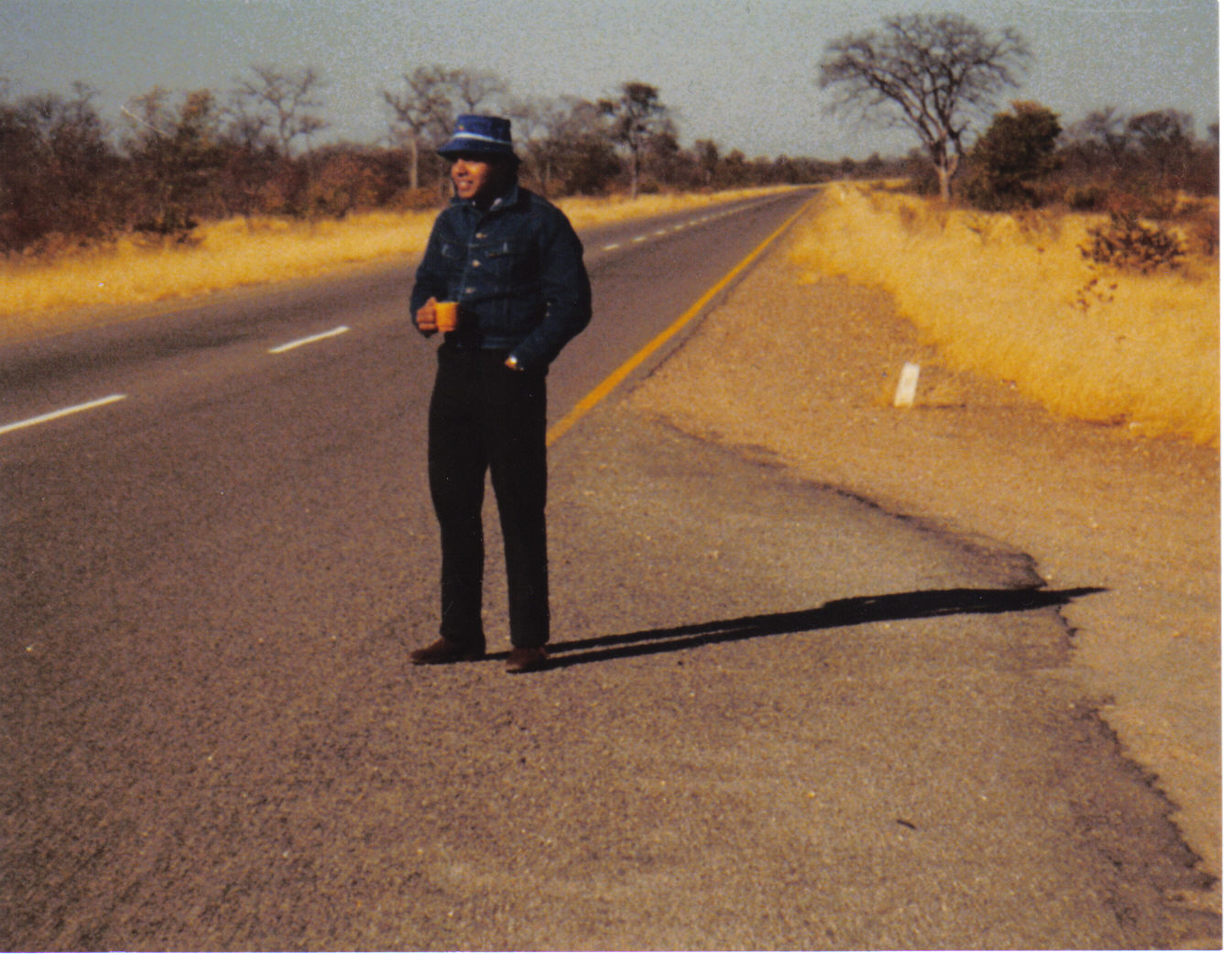
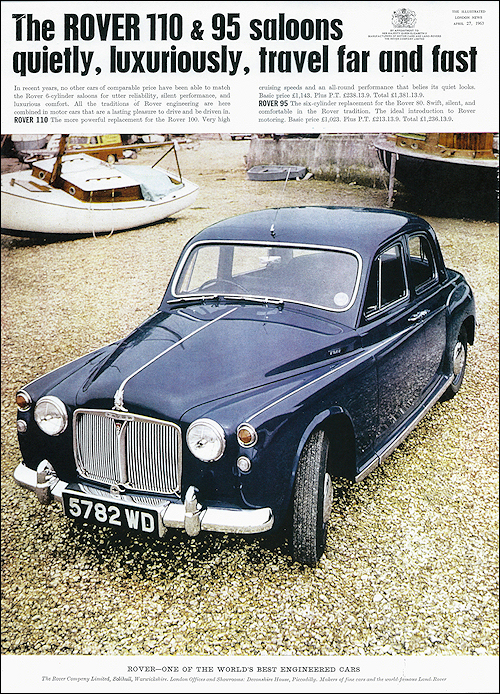
In the early 60s, the British car industry seems to be doing great and their cars common in Southern Africa. Every British car has a unique look, and you can tell one from a distance. They are available as sporty, family, to the utilitarian types. The Royal Air Force types only drove British, with some European, and the occasional American one.
Among them, one stands out for me as dignified, stately with a stiff upper lip personality that seems to say, “I’m important and I mean business.” It was the only one of its kind on the Air Base. And it is driven by the Base Commanding Officer. This is the Rover P4. For a young me, it is impressive, and fascinating. Why do I say that?
For starters, the Rover P4 has an almost Churchillian/pugnacious front end. It has large tires, near symmetric side profile, topped off with old fashioned suicide doors – likely the last on a British car.
Also, when the P4 moves, it seems to literally glide along the gravel road, stamping its authority kicking up the dust in its wake. All this, topped off with an Air Force blue color. You can tell from a distance where the CO is, or heading to. For me, who hasn’t yet seen a Rolls Royce, this is the next best thing. At the same time, it is free of all the fancy glitter of officious vehicles. No sir, this is serious British stuff. And it is more about work and less glamor.
While the Rover P4 looks old, it is actually quite the opposite. In fact the P4, inspired by the American Studebaker automobile, is designed to usher in a modern look for Rover.
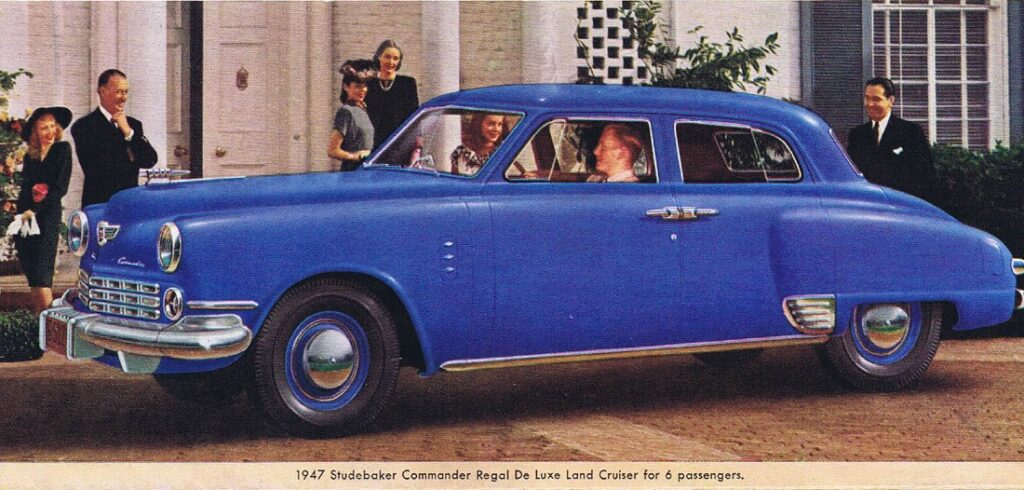
1947 Studebaker
Until the P4, Rovers have the old tall profile, “short trunk,” with a running board on the side.
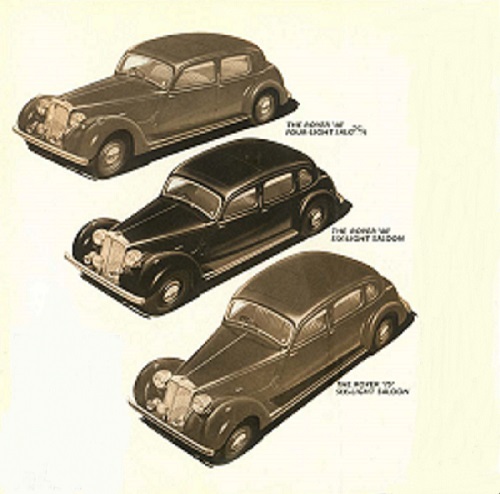
An interesting design feature on the earlier P4 includes a cyclops style additional third headlight.
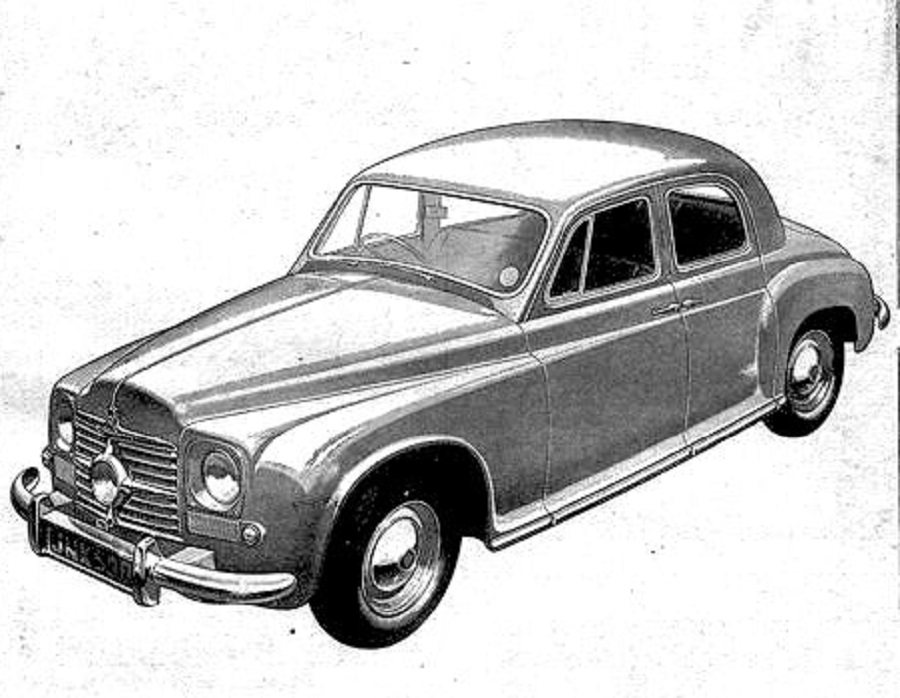
Post -War Rover designers Gordon Bashford (responsible for the Land Rover), and David Bache are instrumental in the development and evolution of the P4 from 1949 through 1964, when it is replaced by the 2000.
More into aesthetics, I avoid the mechanical stuff, as going into those numbers can get quite complex. But here is a quick synopsis of the engine sizes the P4 was offered with. Click here for more technical stuff about the P4.
Rover P4 Engine Sizes – Click to Enlarge
Various subtle updates are done both outside, and under the hood. These include changes to bumpers, windows, lights. But the overall design remains the same – that of a car that carries an air of quiet authority and traditional British road presence.
1959 Rover P4 (Source: BringATrailer.com)
In 1950, Rover is the first company to develop a Gas Turbine car. Built on the P4 chassis, the Jet 1, at 152 MPH wins the land speed record, and Dewar trophy at the time.
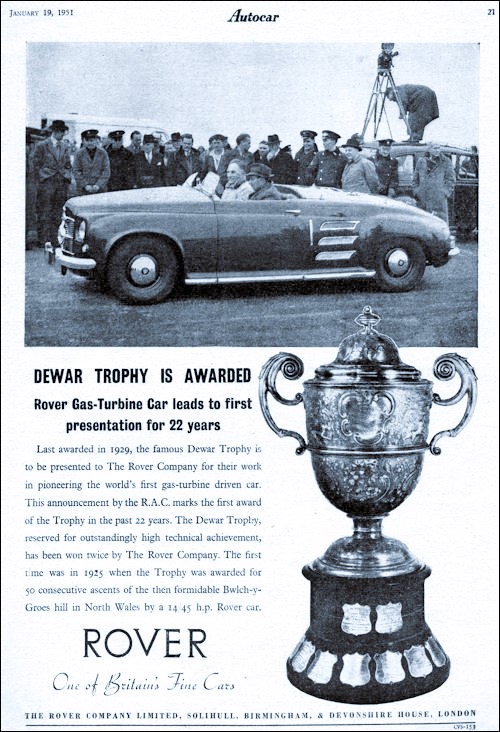
The Rover P4 design prevails, under various configurations until 1964, when it is succeeded by another leap in design, the P6. More on that on here.
YouTube / Motor car History
And so, the Rover P4 became a classic for me. I am not sure when, or where, the CO’s Rover disappeared, but disappear it did. Maybe the RAF chaps took it with them?
One thing’s for certain. It left fond memories of a cool heavy duty large British car for me. I never saw one again, and wonder how impressed I would be with it now as an adult. I hope not underwhelming, albeit smaller than I remember, as the world has changed much.
It is definitely a car of royalty as many famous people including Grace Kelly, and the King of Jordan had one. While old and clunky by today’s standards, the P4 had many advanced features both inside the cabin, and under the hood. Seemingly unchanged, there was a discreet evolution to it.
The Rover P4, one of my favorite cool British classics!
How Did VW Make a Car So Unique?
Enduring Love for This Boomer Inspired Car
How The “New Class” Revolutionized BMW Cars
Thaps On The Cars of Our Lives